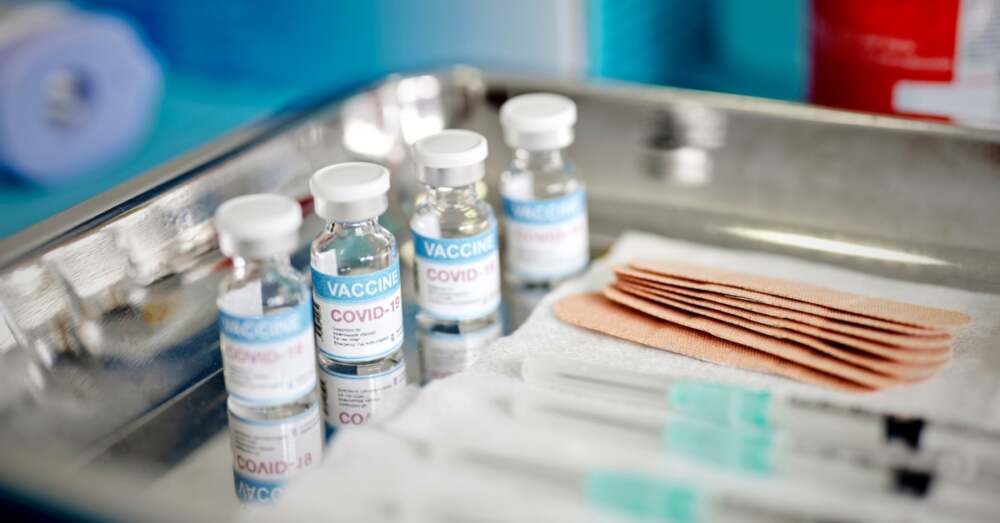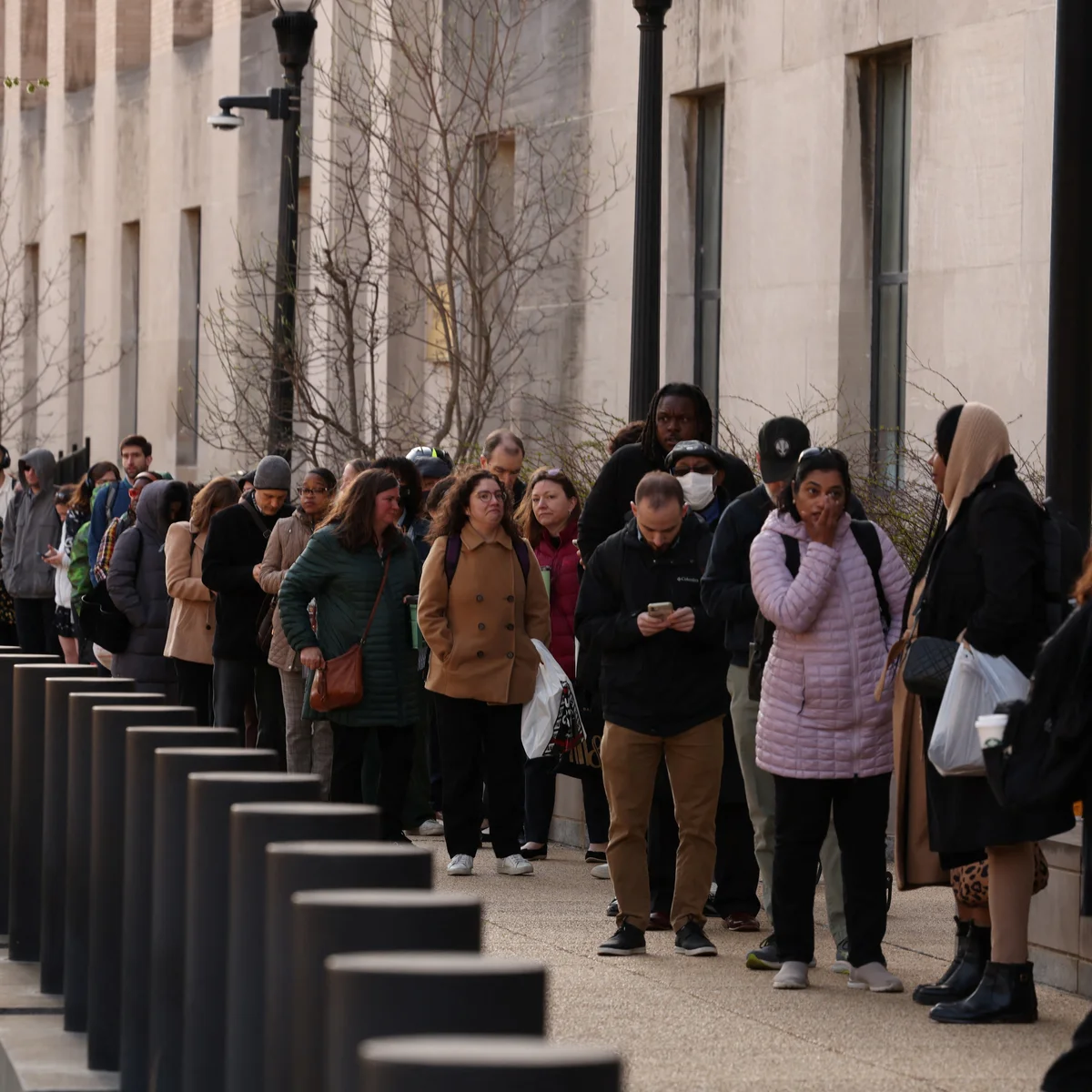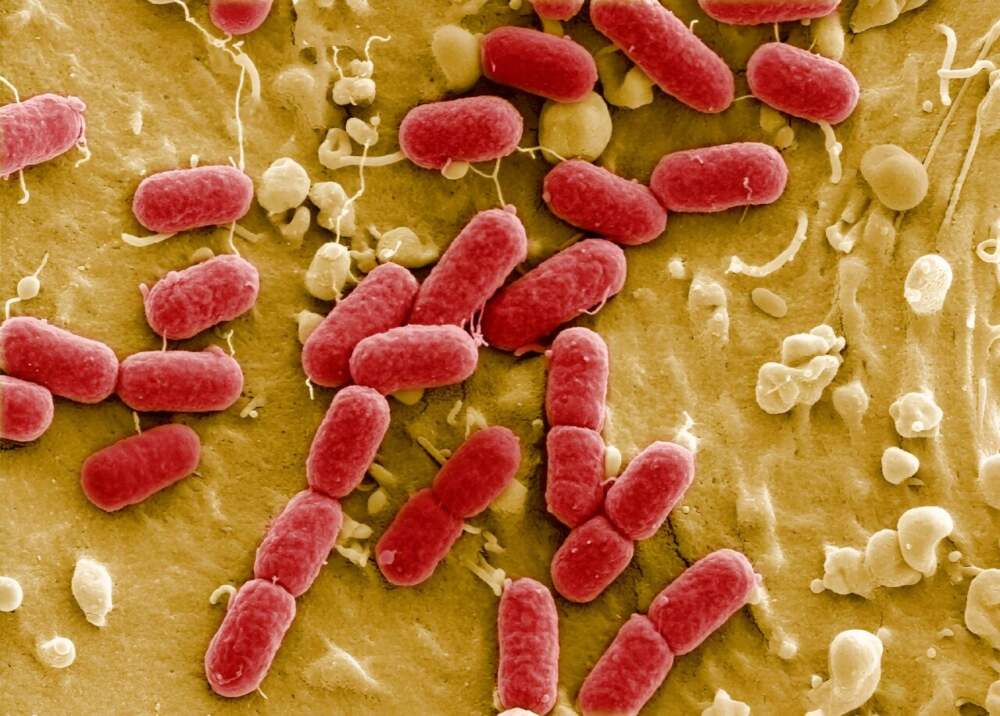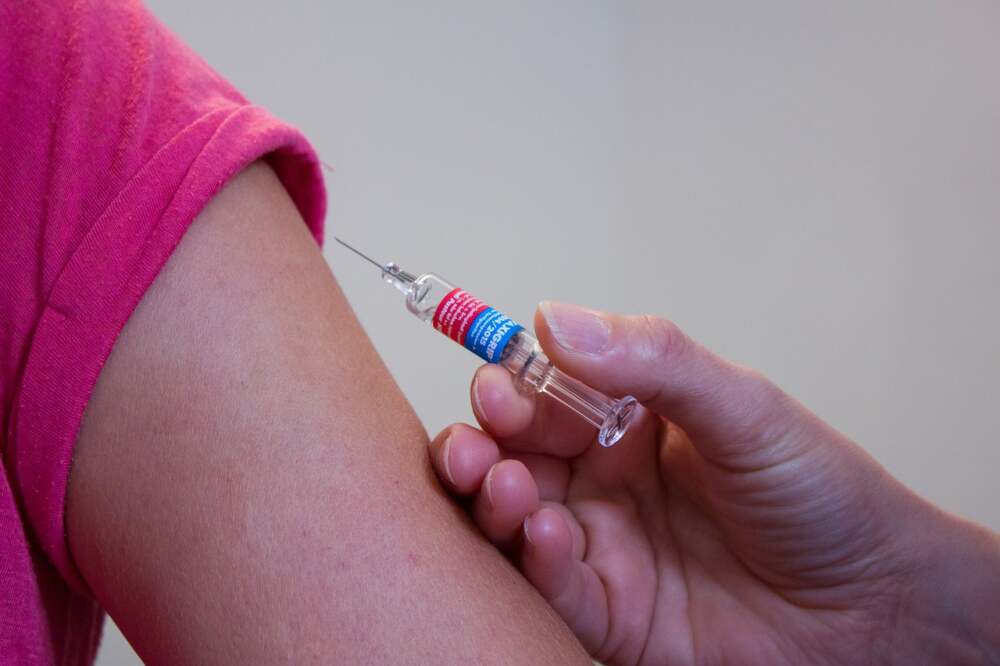As the world prepares for the fall and winter months of 2025–2026, updated COVID-19 vaccines are rolling out across the United States. With evolving virus strains and changing public health guidelines, understanding these new vaccines, their eligibility criteria, and their potential impact is crucial for high-risk populations and the general public alike.
New Vaccine Formulations for 2025–2026
Health authorities have approved several updated COVID-19 vaccines this season, designed to enhance immunity against the latest SARS-CoV-2 variants.
- Pfizer-BioNTech COMIRNATY® LP.8.1: This updated monovalent mRNA vaccine specifically targets the LP.8.1 variant. Clinical trials have demonstrated that it elicits a stronger immune response in adults over 65 and in younger adults (ages 18–64) with underlying health conditions such as diabetes, heart disease, or compromised immunity. The vaccine is administered as a single booster dose and has been designed to complement the standard flu vaccination schedule.
- Moderna Spikevax® and mNexspike®: Moderna’s updated vaccines include mNexspike®, which can be stored at standard refrigerator temperatures (2–5°C). This improvement in storage logistics facilitates distribution to rural and underserved areas, ensuring broader access. mNexspike® has been authorized for adults over 65 and for individuals aged 12–64 with at least one high-risk health condition.
- Novavax Nuvaxovid™: As a protein-based alternative to mRNA vaccines, Novavax offers a non-genetic approach to immunity. This vaccine is approved for individuals aged 12 and older who meet high-risk criteria or are over 65. Nuvaxovid™ provides another option for people hesitant to receive mRNA vaccines while maintaining strong protection against severe disease.
Eligibility Guidelines and High-Risk Groups
The Centers for Disease Control and Prevention (CDC) and the FDA have emphasized targeted vaccination this season, prioritizing those at highest risk of severe COVID-19 outcomes:
- Adults aged 65 and older: Strongly recommended to receive the updated vaccine to maintain robust immunity.
- Individuals aged 12–64 with underlying conditions: Those with chronic illnesses such as asthma, diabetes, cancer, or cardiovascular disease are eligible for vaccination.
- Other high-risk groups: Immunocompromised individuals, residents of long-term care facilities, and pregnant or breastfeeding women are advised to consult healthcare providers regarding vaccination.
Local distribution strategies may vary, with some states requiring prescriptions or scheduling through healthcare providers, while others provide access through pharmacies or public health clinics.
Distribution and Access
Availability of the updated vaccines is influenced by federal guidance, state policies, and supply logistics. Moderna’s mNexspike® is particularly advantageous for areas with limited cold-chain storage, whereas Pfizer’s vaccine continues to rely on ultra-cold storage at -70°C until administration. Public health authorities are coordinating shipments to hospitals, pharmacies, and clinics to ensure priority populations are vaccinated promptly.
Insurance coverage is expected to vary by state and provider. While federal programs typically cover vaccines for high-risk groups, individuals should check with their healthcare providers or local health departments to confirm eligibility and costs.
Policy Changes and Their Impact
The 2025–2026 vaccination rollout has been affected by significant federal and state policy shifts:
- CDC Advisory Committee Changes: The federal government replaced the CDC’s Advisory Committee on Immunization Practices with members who are critical of broad vaccine mandates, narrowing the official guidance for COVID-19 vaccination to specific high-risk populations.
- State-Level Responses: In response, several states—including California, Oregon, Washington, and Hawaii—formed the West Coast Health Alliance to uphold science-based vaccination guidelines. This coalition aims to ensure access and insurance coverage for eligible populations, despite federal policy changes.
- FDA Recommendations: The FDA has approved vaccines specifically for adults over 65 and those with underlying health conditions, reflecting a more targeted approach to vaccination.
These changes highlight the evolving landscape of vaccine policy and the need for individuals to stay informed about local regulations and availability.
Safety and Effectiveness
Clinical trials and post-marketing surveillance indicate that the 2025–2026 vaccines are both safe and effective:
- Immune Response: Updated vaccines demonstrate stronger antibody production against current virus strains, reducing the likelihood of severe disease, hospitalization, and death.
- Side Effects: Common side effects include mild fatigue, muscle aches, low-grade fever, and soreness at the injection site. Serious adverse reactions remain rare.
- Co-Administration: Health authorities continue to recommend co-administration with the seasonal influenza vaccine, which helps streamline healthcare visits and increase overall vaccine coverage.
Importance for Public Health
Vaccination remains a cornerstone of protecting vulnerable populations and preventing healthcare system overload during the fall and winter months. High-risk groups who receive the updated vaccines are better protected against severe outcomes, while continued surveillance of new variants ensures vaccines remain aligned with circulating strains.
Furthermore, maintaining high vaccination coverage can help limit virus transmission, indirectly protecting those who cannot be vaccinated due to medical conditions. Public education campaigns are emphasizing the importance of timely vaccination and addressing vaccine hesitancy.
Looking Ahead
As the 2025–2026 season progresses, healthcare providers, public health authorities, and researchers will monitor the effectiveness of these updated vaccines. Data from ongoing surveillance will inform potential updates in the 2026–2027 season.
Individuals are encouraged to:
- Stay informed through local health departments.
- Consult healthcare providers regarding personal eligibility and timing.
- Schedule vaccinations promptly to ensure protection during peak viral transmission periods.
The introduction of updated COVID-19 vaccines represents a significant step in managing the ongoing pandemic, particularly for populations at elevated risk. While the virus continues to evolve, these vaccines provide an essential layer of protection, helping communities navigate the upcoming months with greater safety.
















Leave a Reply